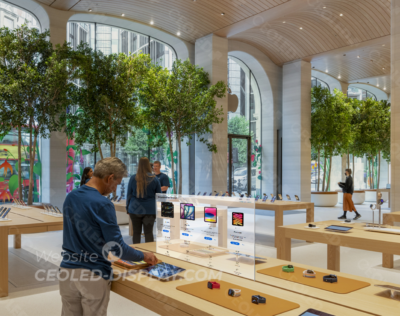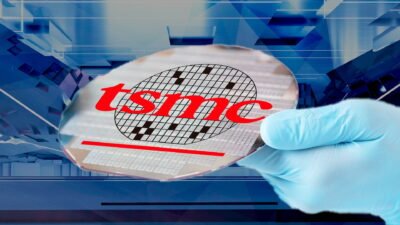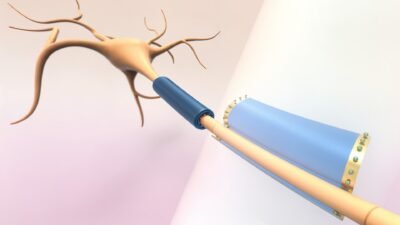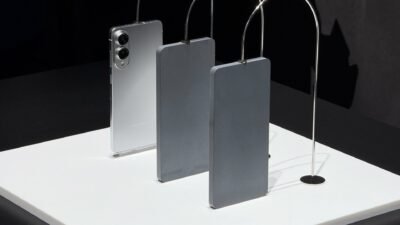Why More R&D Teams Are Turning to 3D Printing to Stay Ahead

Research and development is where innovation begins. Whether designing a new product, testing a concept, or exploring better ways to solve a problem, speed and flexibility are key. In many industries, the ability to iterate quickly can make the difference between being first to market or falling behind.
3D printing has become a valuable tool in this space. What used to take weeks or months can now be done in days. Teams no longer need to wait on outside suppliers or expensive molds to evaluate a design or test functionality. Instead, they can produce what they need on demand, right when they need it.
Here is how R&D departments across different sectors are using 3D printing to move faster, reduce risk, and explore new ideas more effectively.
Rapid Prototyping That Supports Real Progress
R&D often involves trial and error. New designs are tested, adjusted, and refined — sometimes dozens of times. With 3D printing, teams can produce physical prototypes in-house or through fast-turnaround services, allowing immediate feedback on shape, structure, and fit.
Instead of relying solely on digital simulations, engineers and designers can hold a part in their hands, assemble it with other components, and test how it performs in the real world. This hands-on validation is critical for everything from mechanical systems to user experience studies.
Better Communication Across Teams
When different departments need to collaborate, a physical prototype helps ensure everyone is on the same page. Product managers, marketing teams, and even customers understand concepts more clearly when they can see and touch a model.
Rather than reviewing renderings or reading technical specs, stakeholders interact with the design directly. This improves feedback quality and reduces misunderstandings, especially in early-stage development.
Exploring More Ideas with Less Risk
Traditional prototyping methods often limit the number of design options a team can explore. Molds, tooling, and machine setup take time and money. This can discourage experimentation and push teams toward safer, more conventional choices.
3D printing removes many of those constraints. Once a CAD model is ready, a prototype can be printed within hours. This lowers the cost of trying something new. Teams are more willing to test bold ideas, leading to better innovations and unexpected breakthroughs.
Custom Tools and Fixtures for In-House Testing
In R&D labs, testing often requires custom setups that cannot be bought off the shelf. 3D printing allows teams to create one-off jigs, fixtures, and enclosures tailored to specific experiments or equipment.
These tools can be adjusted and reprinted as the research evolves. This flexibility supports unique test conditions and enables better control of variables during product evaluation.
Iterating Toward Final Products
The path from concept to production rarely follows a straight line. As designs improve, requirements change. 3D printing allows teams to keep pace without waiting for retooling or third-party manufacturing.
Printed parts can be used to test form and function, integrate with electronics, or even run in field trials. In some cases, the final product may include low-volume printed components as well, especially for early release or pilot programs.
Saving Time and Resources Across the Development Cycle
Shorter lead times, fewer delays, and more accurate testing all contribute to faster development. 3D printing also reduces waste, since only the material needed for each part is used. There is no cutting away excess or casting failed parts that cannot be reused.
For companies focused on sustainability, this aligns with broader environmental goals while also saving money and materials.
Supporting R&D Without the Overhead
Even companies without in-house printers can benefit from this approach. Working with a professional 3D printing service offers access to advanced technologies and materials without the investment in equipment or training.
Whether the need is a rough draft or a fully functional prototype, outsourcing makes it easy to integrate 3D printing into any stage of the R&D process. More information about 3D printing services can be found at https://www.upsideparts.com/3d-printing
Moving Faster Without Cutting Corners
3D printing is a tool that allows R&D teams to explore more ideas, test them with confidence, and bring the best ones forward. In an environment where change is constant and competition is high, the ability to respond quickly can give a company a lasting advantage.
As more teams adopt additive manufacturing in their workflow, it becomes clear that 3D printing is not just about making things. It is about making better decisions, faster. And for research and development, that is exactly what counts.
Alexia is the author at Research Snipers covering all technology news including Google, Apple, Android, Xiaomi, Huawei, Samsung News, and More.











